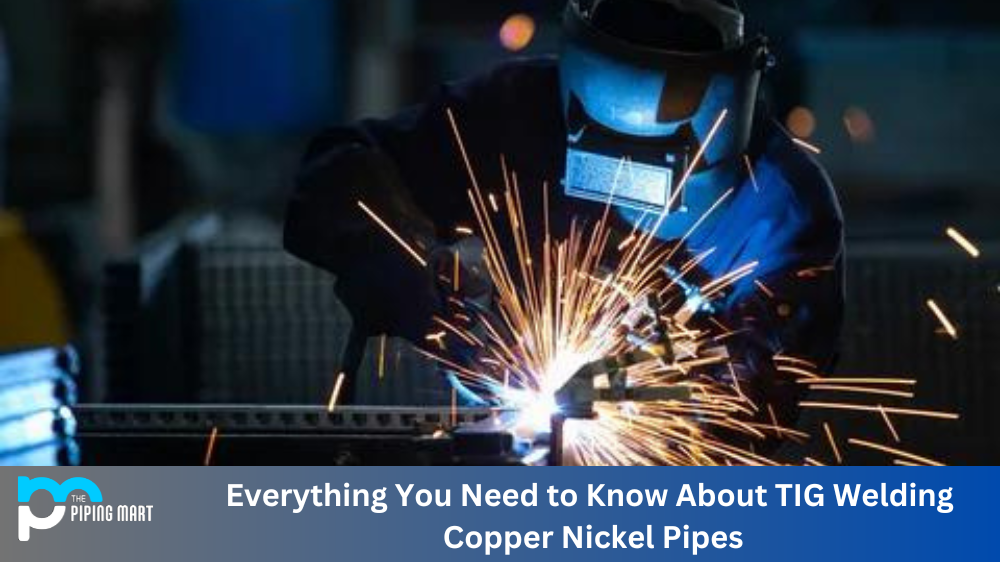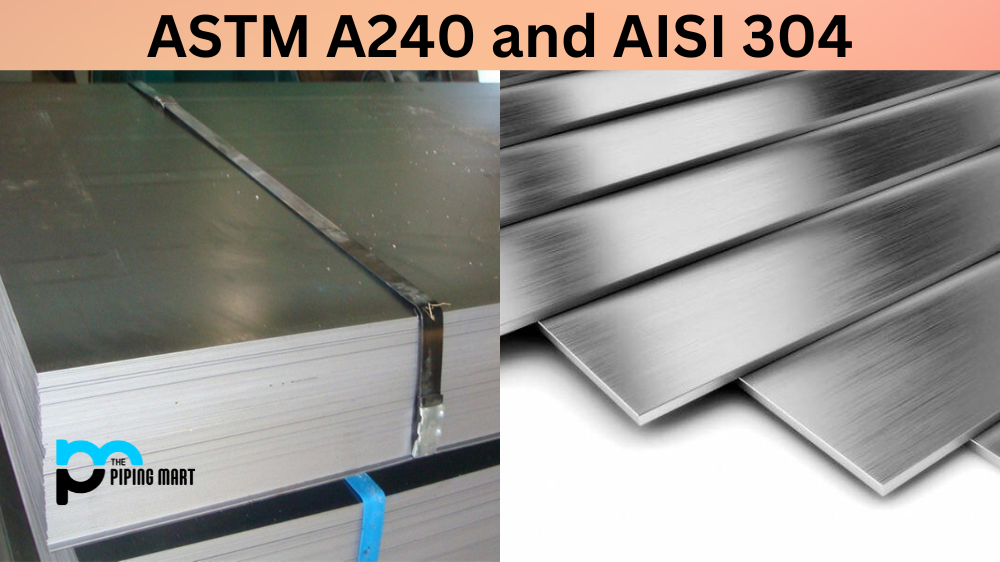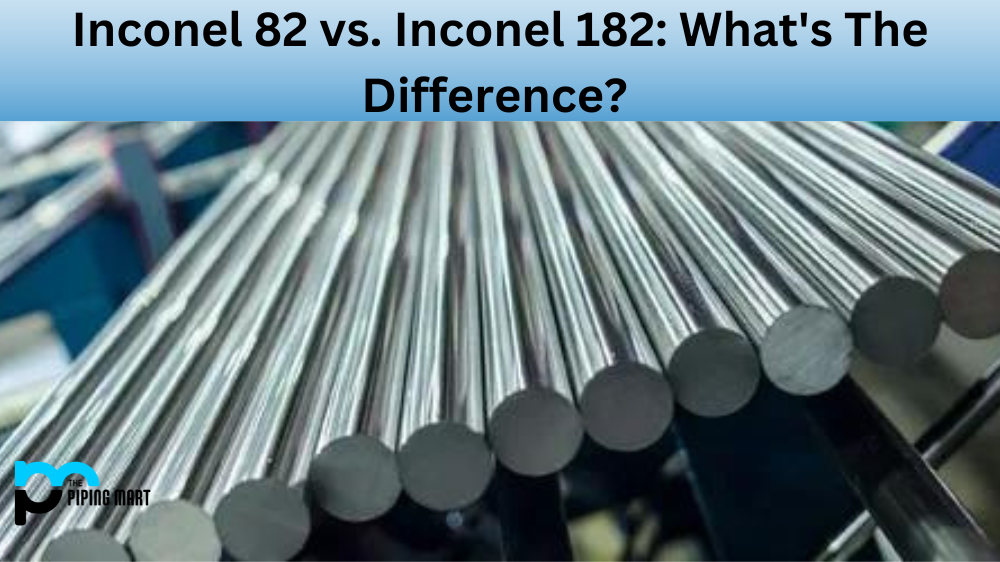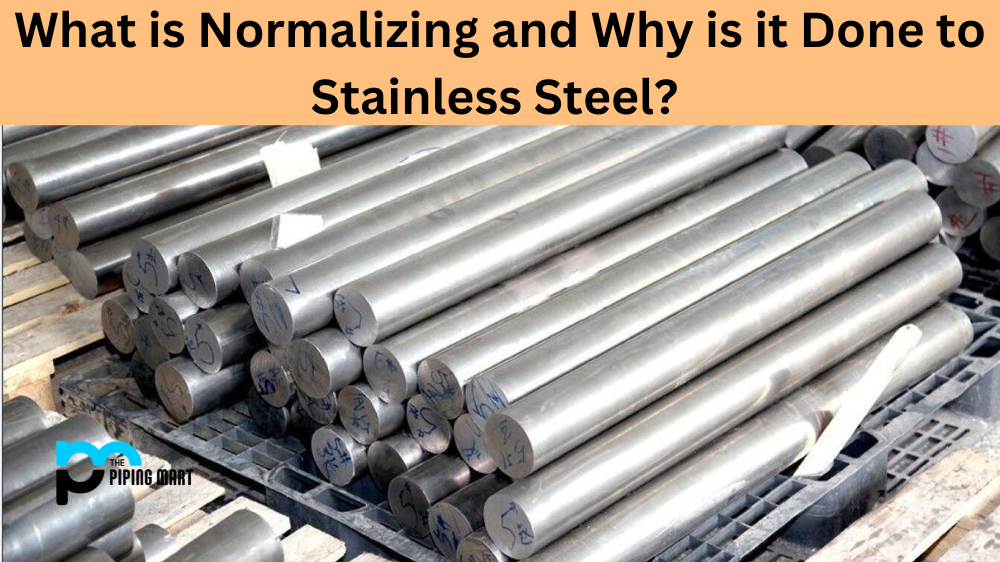Duplex stainless steel is a type of alloy that combines ferrite and austenite in its structure. It possesses superior strength and corrosion resistance compared to other stainless steel, making it an ideal material for many applications. This blog post will look at the different types of duplex stainless steel and how they are typically welded.
2205 Duplex Stainless Steel
The 2205 duplex stainless steel has been around since the early 2000s and is one of the most popular duplex stainless steel grades. This alloy has outstanding mechanical properties, such as excellent strength-to-weight ratio and high ductility. It also offers superior corrosion resistance to both ferric and non-ferric acids. When it comes to welding 2205 duplex stainless steel, it can be done using shielded metal arc or gas tungsten arc welding (GTAW). If you are new to welding this type of alloy, GTAW is preferable because it provides more control over the weld’s shape and size.
2507 Duplex Stainless Steel
This duplex stainless steel grade is known for its superior strength and corrosion resistance compared to other alloys. The 2507 grade offers near-equal amounts of ferrite and austenite in its microstructure, which gives it an advantage in welding applications that require high tensile strength or corrosion resistance. When welding 2507 duplex stainless steel, shielded metal arc welding (SMAW) is usually used due to its ability to create strong bonds between two pieces of metal with minimal distortion or heat input. However, GTAW can also be used if more control over the weld’s shape or size is needed.
Super Duplex Stainless Steel
Super duplex stainless steels have higher levels of chromium, molybdenum, nitrogen, and nickel than regular grades of duplex stainless steels. This combination makes them highly resistant to pitting and crevice corrosion while providing exceptional tensile strength and stress corrosion cracking resistance even at very low temperatures. When welding super duplex stainless steel, SMAW is usually used because it produces strong bonds with minimal distortion or heat input while still providing good penetration into the parent metal’s surface layers. However, GTAW may be required if more precise welds are necessary due to its better bead control capabilities.
Conclusion
Welding duplex stainless steel can be tricky if you don’t know what you’re doing—but luckily, plenty of resources available online can help you get started on the right foot! By understanding the differences between each grade of duplex stainless steel (2205, 2507, etc.), you will be able to choose the best method for your specific application needs—whether that’s shielded metal arc welding (SMAW), gas tungsten arc welding (GTAW), or something else entirely! With some practice and patience, you’ll soon become an expert at welding these versatile alloys!

Pipingmart is B2B portal specializes in industrial, metal and piping products. Also, share latest information and news related to products, materials and different types grades to help business dealing in this industry.




